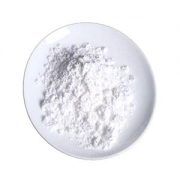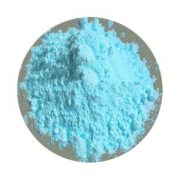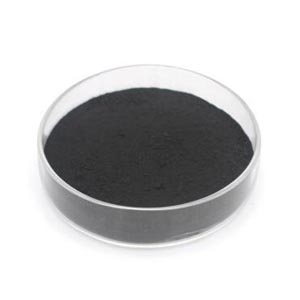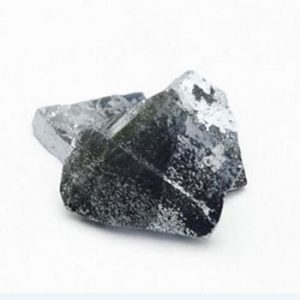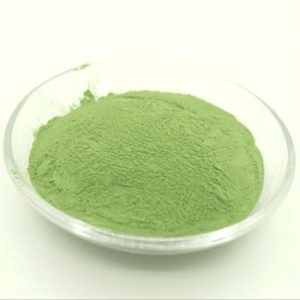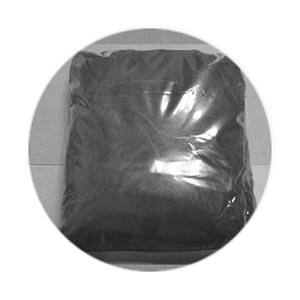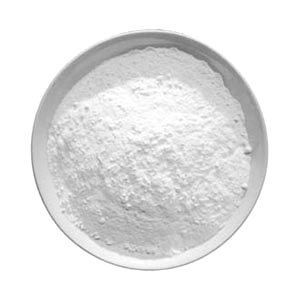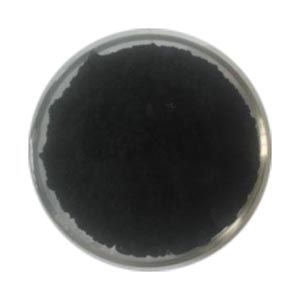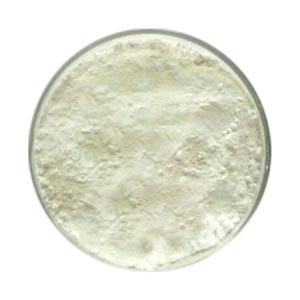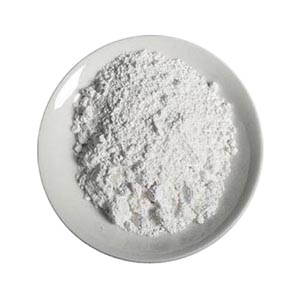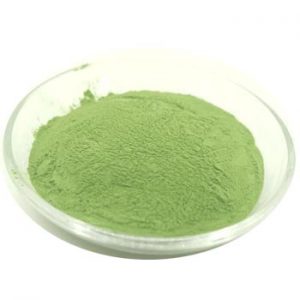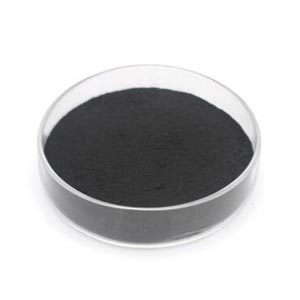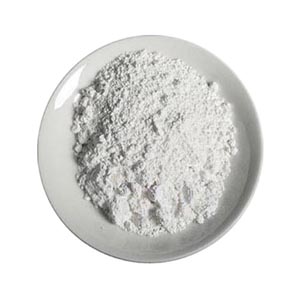
Stannous chloride dihydrate
Other name: stannic chloride dihydrate
CAS no. : 10025-69-1
EINECS no. : 231-868-0
Molecular formula: H4ClO2Sn
Molecular weight: 190.1919
Melting point: 37-38 ℃
Water soluble: 1187 g/L (20℃)
- 描述
- Inquiry
Purity: 99%
Properties: colorless monoclinic prism crystal. Crystals or solutions can absorb oxygen from the air and become insoluble oxychlorides. Decomposition at high heat. Easily soluble in dilute or concentrated hydrochloric acid, soluble in less than its weight of water, when dissolved in a lot of water, the formation of insoluble basic salt, soluble in ethanol, ethyl acetate, glacial acetic acid and sodium hydroxide solution. Adding trace amount of metallic tin can prevent oxidation of solution. Relative density
Application: used in dye, perfume, mirror making, electroplating and other industries; And used as ultra-high pressure lubricating oil, bleach toxicity protection: in the production process of making tin flowers should be prevented from inhaling tin dust, so as not to cause chronic bronchitis, tin chloride solution and skin contact can cause eczema. The maximum permissible concentration of tin in the United States is 2mg/m3 for inorganic compounds (in metallic tin). Production personnel should wear work clothes, wear gas masks and gloves and other labor protection products, pay attention to protect respiratory organs, protect the skin, production equipment should be closed, the workshop ventilation is good. Packing storage and transportation: packed in iron or wooden or plastic drums lined with plastic bags, each net weight of 25kg, 30kg or 50kg, marked “sealed” on the package. Should be stored in a cool, ventilated, dry warehouse, storage temperature should not be higher than 32℃. Containers must be sealed and protected from moisture. Do not store and transport with oxidant. Transportation should be rain – proof and sun – proof. Handle with care during handling to prevent packing damage. Fire, water, sand and all kinds of fire extinguishers to put out. Physicochemical properties: colorless or white oblique crystal system. Relative density 2.710. The melting temperature of 37.7 ℃. It decomposing into hydrochloric acid and base salts at the melting point. Gradually oxidized to insoluble chlorine oxides in air. Soluble in alcohol, ether, acetone, glacial acetic acid, in concentrated hydrochloric acid solubility greatly increased. Water dissolves. Neutral aqueous solution is easy to decompose and generate precipitation. Acidic solution has strong reducibility and can reduce chromium oxide (hexavalent) to Cr3+,Cu2+ to Cu+,Hg2+ to Hg+ and Hg, Ag+ to Ag, and Fe3+ to F2+. Can reduce nitrocompounds to amines. React with alkali to form water and oxide precipitation, but in excess of alkali, the formation of soluble stannous salt.
相关产品
-
Stannic Sulfide
Other name: tin monosulfide, tin(ii) sulfide, Tin sulphide; thioxostannane
Chemical formula: SnS
Molecular weight:150.775
CAS number: 1314-95-0
EINECS: 215-248-7
Melting point : 880 ℃
Boiling point: 1230 ℃
Water: insolubility
Density: relative density 5.22
Molality: 150.775 g/mol g·mol⁻¹
-
Cuprous telluride
Other name: dicopper telluride, Cuprous monotelluride;
CAS no. : 12019-52-2
EINECS no. : 234-646-1
Molecular formula: Cu2Te
Molecular weight: 254.692
Density: 7.27g /cm3
Melting point: 900 ℃ -
Nickelous Oxide
Other name: Nickel Oxide Green, Nickel Monoxide, Nickel protoxide
CAS no. : 1313-99-1; 11099-02-8
EINECS no. : 215-215-7
Molecular formula: NiO
Molecular weight: 74.6928
Melting point: 1960 ℃
Solubility: insoluble -
Manganese ferrite
Other name: Manganese Ferrite Black ,manganese ferrite black spinel
CAS no. : 68186-94-7
EINECS no. : 269-056-3
Molecular formula: MnFe2O4
Molecular weight: 230.63
-
Nano Aluminum oxide
Other name: alpha-Alumina; Aluminumoxidegammamodmicron; Aluminamesh; alpha Alumina; Aluminium oxide; Aluminium oxide,active; oxo-oxoalumanyloxy-alumane; dialuminum oxygen(-2) anion; Aluminium oxide wafer; ; corundum, artificial; Corundum (lattice spacing, other parameters); activated alumina; alumina activated; activated alumina ball; activated alumina desiccant; Ultrafine Alumina
CAS no. : 1344-28-1; 11092-32-3; 1302-74-5
EINECS no. : 215-691-6
Molecular formula: Al2O3
Molecular weight: 101.9613
The density of 3.97
Melting point is 2050 ° C
The boiling point of 2980 ° C
Solubility in water INSOLUBLE
-
Lithium iron phosphate
English name: Lithium iron phosphate carbon coated
Alias: Ferrous lithium phosphate, NP 1; NP 1 (phosphate); PT 30; PT 30 (phosphate); Phos-Dev 21B, Lithium iron phosphate
Molecular formula: LiFePO4
Molecular weight: 157.76
CAS NO .: 15365-14-7
-
Osmium Tetroxide
Other name: Osmium(VIII) oxide; tetraoxoosmium; Osmium oxide
CAS no. : 20816-12-0
EINECS no. : 244-058-7
Molecular formula: O4Os
Molecular weight: 254.2276
Melting point (℃) : 41.0
Relative density (water =1) : 4.91
Boiling point (℃) : 130
Saturated vapor pressure (kPa) : 0.93/20 ℃
-
Metastannic acid
CAS no. : 13472-47-4
EINECS no. : 236-236-5
Formula: H2SnO3
Molecular weight: 168.59
Character: iso-isomer, insoluble in water and ethanol, insoluble acid and alkali liquor, can be fused with alkali to obtain partial tin acid salt, heating significant water loss.
-
Nano nickel oxide
English alias: Nickel sesquioxide; Nickelic oxide; Nickel peroxide; Nickel oxide (Ⅲ)
The CAS number: 1314-06-3
EINECS no. : 215-217-8
Molecular formula: Ni2O3
Molecular weight: 165.38
-
Nickel cobalt manganese

